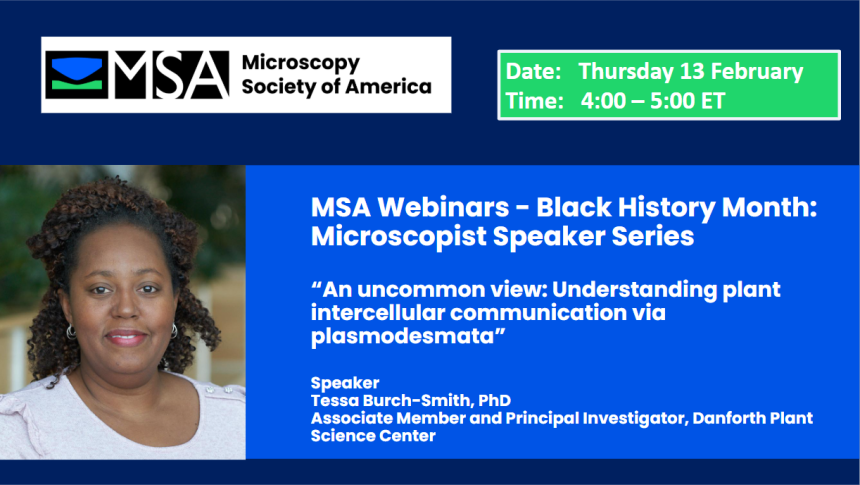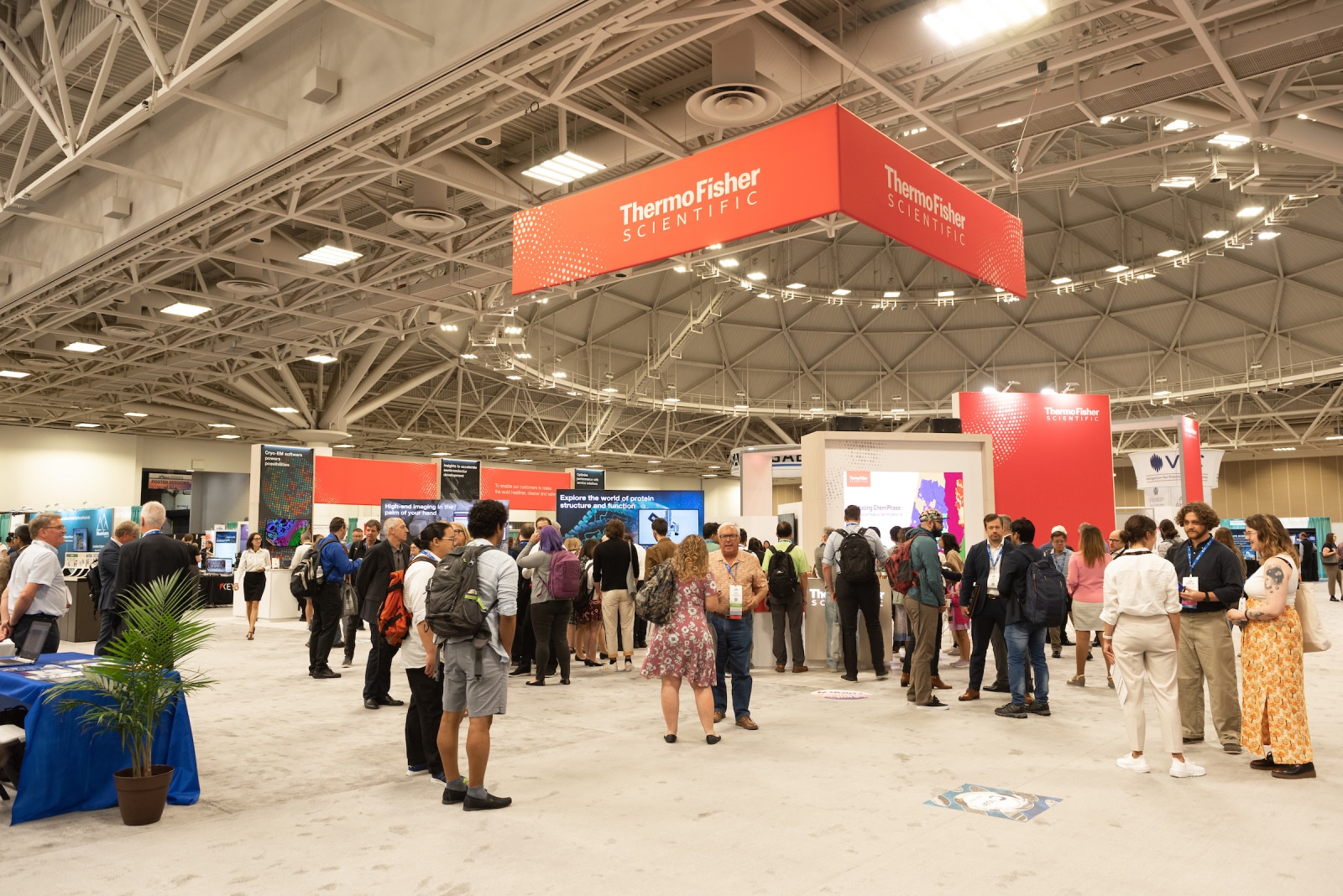Upcoming Annual Meetings (M&M)
M&M 2026
August 2 - 6, 2026
Milwaukee, WI
M&M 2027
August 1 - 5, 2027
Pittsburgh, PA
M&M 2028
July 30 - August 3, 2028
Seattle, WA
Interested in submitting an event to the MSA Event Calendar? Use our submission form!

MSA Webinars Black History Month - An uncommon view - Understanding plant intercellular communication via plasmodesmata
- Price: FREE
Intercellular communication is critical for proper differentiation, growth, and defense in all multicellular organisms. For plant cells enveloped in cellulosic cell walls, direct membrane contact between adjacent cells is impossible. Plants have therefore evolved alternative mechanisms to transmit signals to neighboring cells. One of the most efficient forms of communication in plants occurs via plasmodesmata (PD). PD are small, membrane-bound pores that span the cell wall and result in cytosolic and membrane continuities between adjacent cells. While PD constitute a route for communication between neighboring cells and serve as the gateway to systemic signaling, many pathogens including viruses, fungi and nematodes have evolved to manipulate PD and use them for rapid spread throughout the plant. Here, we demonstrate that advanced imaging techniques can be readily adapted and adopted for use in plants to study intercellular communication. We have investigated the 3D ultrastructure of PD by using dual-axis transmission electron microscopy tomography. This work has allowed us to develop a new model for how PD form across existing cell walls. In related studies, we have determined the distribution of these pores at various cell-cell interfaces in leaves with focused ion beam-scanning electron microscopy. We have also examined how PD respond to plant viruses. These findings as well as long-standing challenges and opportunities for new innovations will be discussed.
About the speaker:
Tessa Burch-Smith, PhD is an Associate Member and Principal Investigator at the Danforth Plant Science Center. She earned her PhD from Yale University and completed her postdoctoral research at UC Berkeley. Her laboratory research focuses on plant intracellular communication, more specifically, the plasmodesmata that traffic cell-to-cell communication using light and electron microscopy. Her protocol on tandem high-pressure freezing and quick freeze substitution of plant tissues was instrumental in bringing plant biology research at the forefront of advanced electron microscopy techniques. Associate Editor-in-Chief for the journal Molecular Plant–Microbe Interactions and is on the Board of Advisors for the journal New Phytologist. She is also on the Excellence in Education Award Committee of the American Society of Plant Biologists (ASPB).
ORCID: Tessa Burch-Smith https://orcid.org/0000-0002-5994-4343
Start Date & Time
Thu, Feb 13, 2025, 4:00 PM ET
End Date & Time
Thu, Feb 13, 2025, 5:00 PM ET
Location
Zoom Webinar
